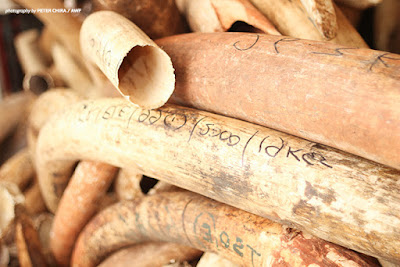Peru is home to around one tenth of the
Amazon rainforest, the second largest block after Brazil. It’s also the best
carbon mapped nation in the world thanks to the work of the Carnegie Airborne
Observatory which found that Peru’s forests’ store more carbon than the United
States emitted in 2014.
Sixty percent of Peruvian territory is Amazon
rainforest, around 73 million hectares of jungle. It has the ideal conditions
to implement programs for reducing emissions from deforestation and forest
degradation, known as REDD+ and benefit from the carbon market, say scientists.
REDD+ creates financial value for the carbon stored in forests and compensates
developing countries who meet targets in reducing carbon emissions from
deforestation and forest degradation.
Fabiola Munoz said tougher new laws and
enforcement, including fines 700 percent higher and jail time for people who
destroy primary forest, are helping Peru rein in deforestation.
"People really used to think there
would be no consequences," Munoz told foreign media. "That's
changed."
Environmentalists have criticized Peru for
not doing enough to keep wood and gold from being torn illegally from its
forests for export, and for allowing local authorities to dole out agricultural
concessions that include swaths of virgin rainforest.
Munoz said the government has ordered oil
palm plantations in Peru owned by United Cacao Limited SEZC to halt activities
after finding they had illegally cleared primary forest in previous years.
But efforts to evict workers from the land
have been met with threats, Munoz said.
"We're still fighting that
battle," Munoz said. "We hope the courts understand the importance of
these emblematic cases...of sending the right message."
A large Indonesian palm oil company
interested in operating in Peru recently requested a meeting with Munoz and
other public officials to discuss possible investments, Munoz said.
































